As any experienced interior designer would tell you, there isn’t one single item or detail that you can point to and say is definitively AAPI because Asian decor is quite diverse, with all manner of different options. Of course, there are some prominent examples of Asian interior design that tend to be more popular throughout the country, with Japandi-type designs being the most obvious example. These designs are a distinctive blend of Scandinavian minimalism and the curvy natural forms found throughout Japanese interior design, making for a minimalist look but not so much as to be devoid of personality.
Asian designs can sometimes be referred to as ‘Oriental design.’ Still, we would encourage you not to use this term since it lacks specificity and has come to be considered old-fashioned and even offensive in some circles.
Because Asian design is, in many respects, about various Asian motifs interacting with other design styles and creating something new, it is not uncommon for Asian interior styles to feature a balance between various eras, between old and new, between the glitzy and the subdued. For instance, an Asian-style home might be a Mediterranean-style room with wooden ceiling beams but be filled with various pieces of decor and Asian-style furniture that come from different eras but blend together tastefully. This gives off an eclectic vibe, a quintessential element in Asian American design.
Essential Goals of Asian American Design
That said, let’s get down to brass tacks and talk about some concrete goals of Asian design. After all, having a specific set of action items makes for a more cohesive design philosophy, which can be helpful if you want to emulate this design style in your home. Of course, it’s essential to keep in mind that none of these principles are necessarily universal, and different types of Asian interior design may not approach things in the exact same way.
Minimalism
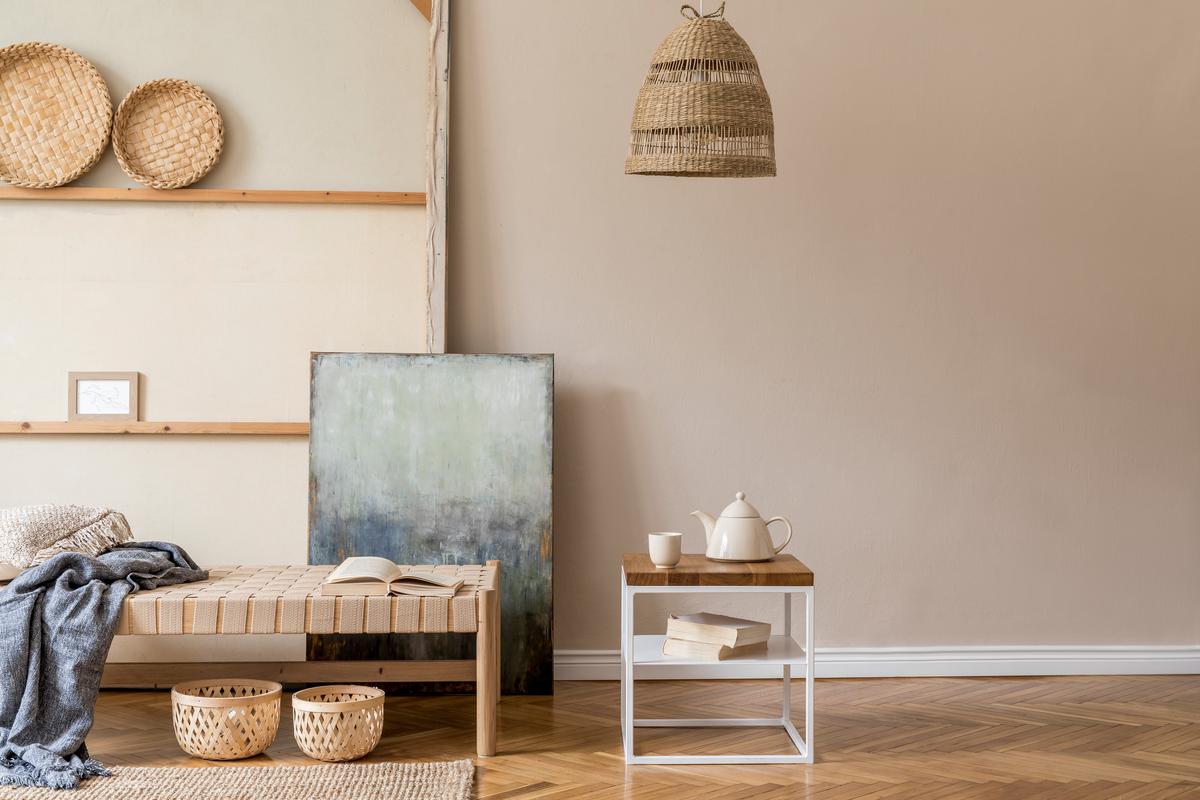
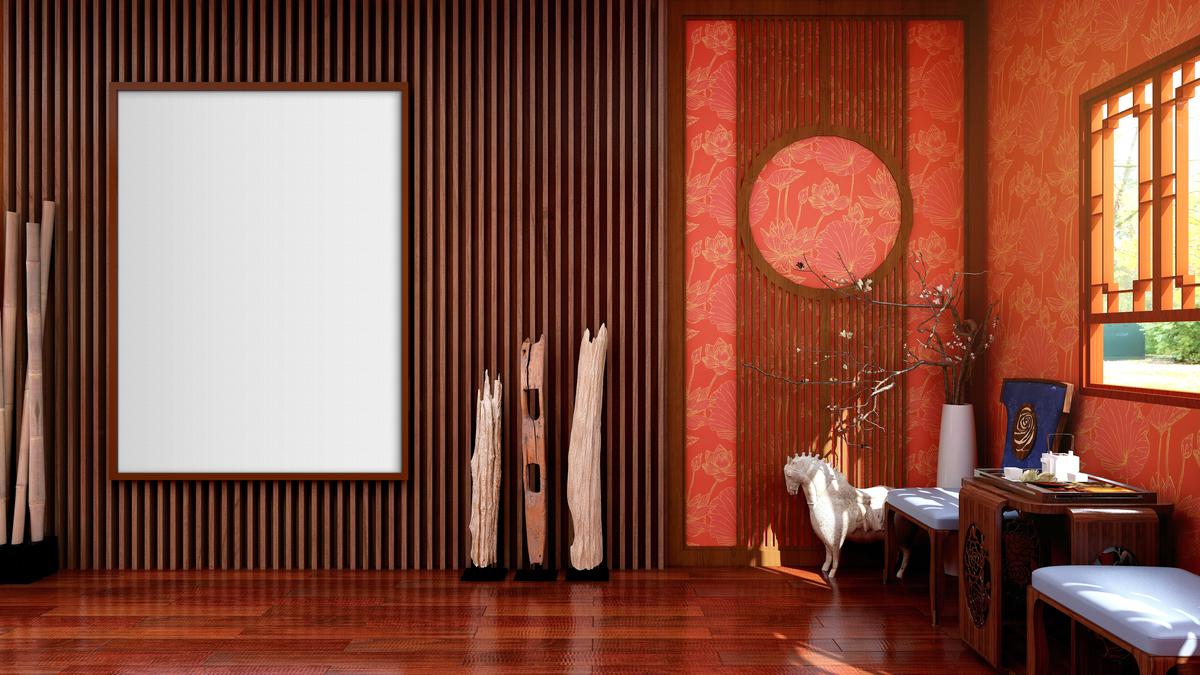
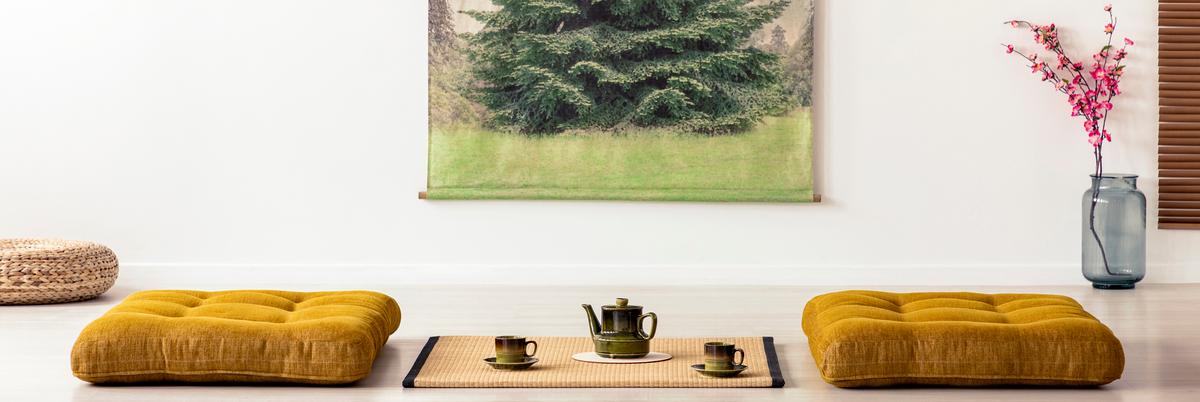
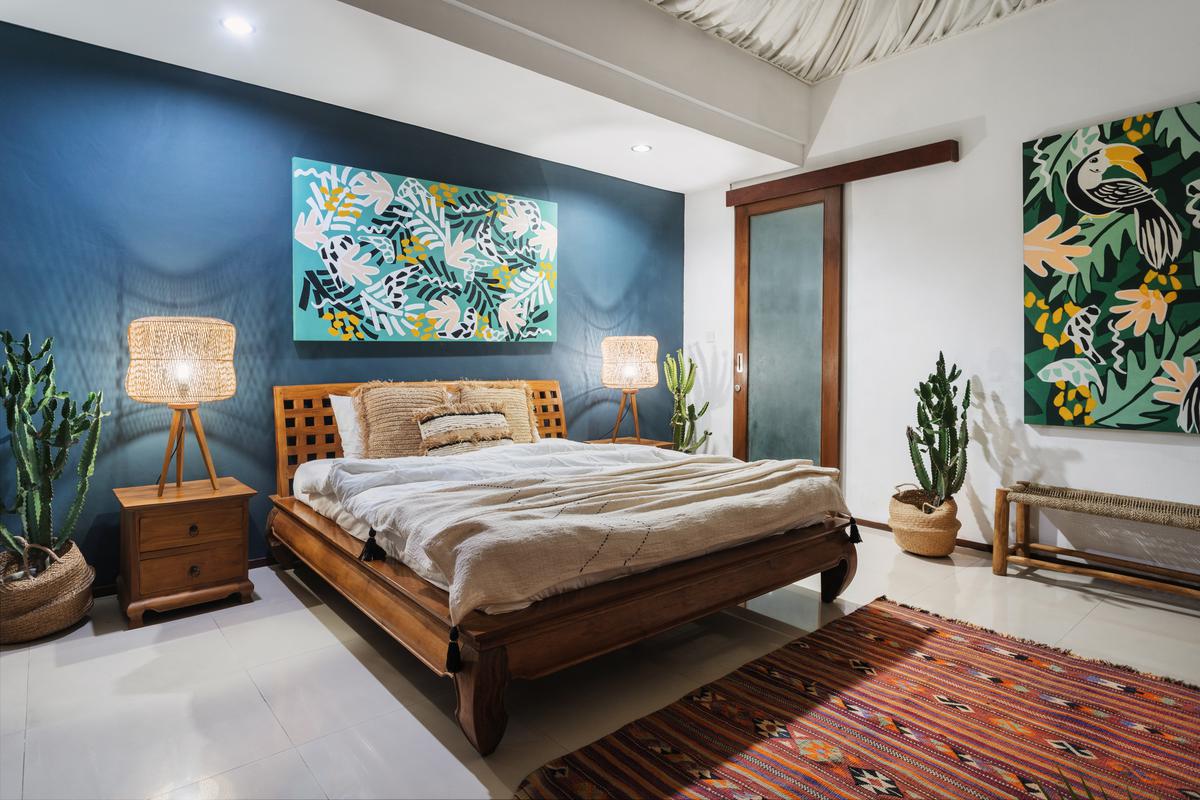
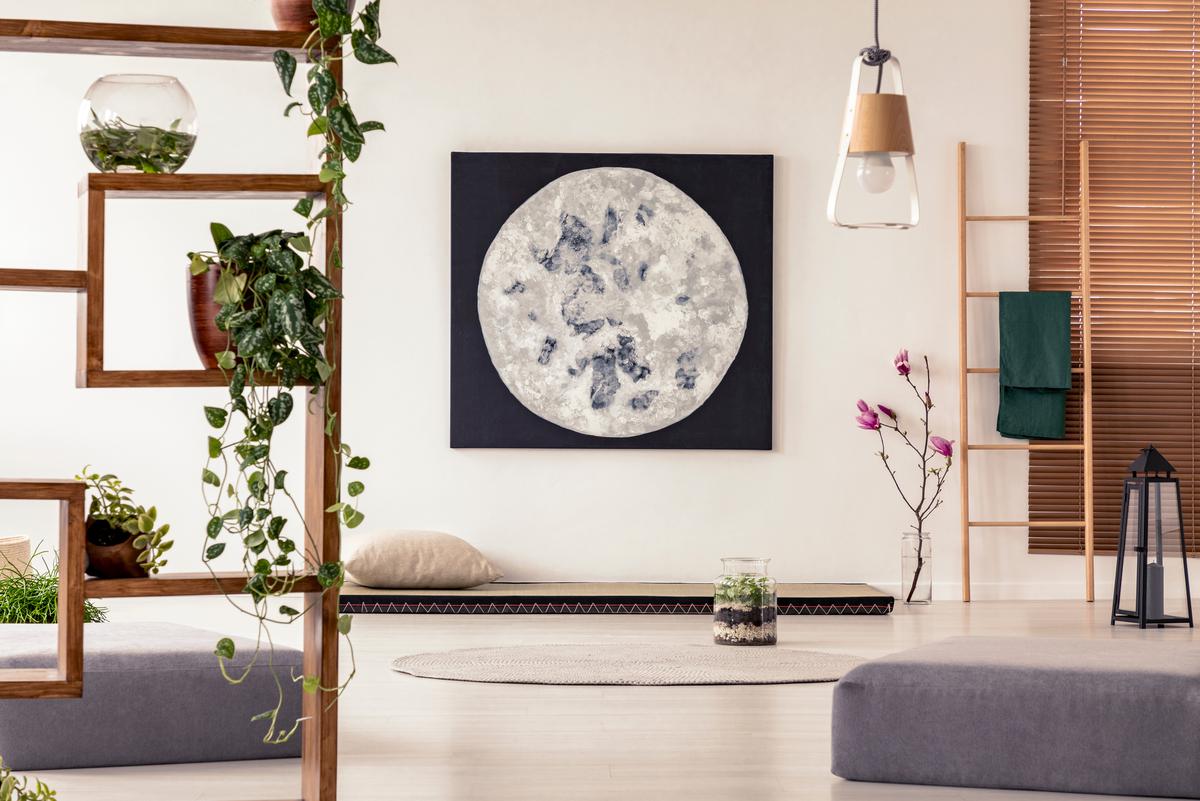
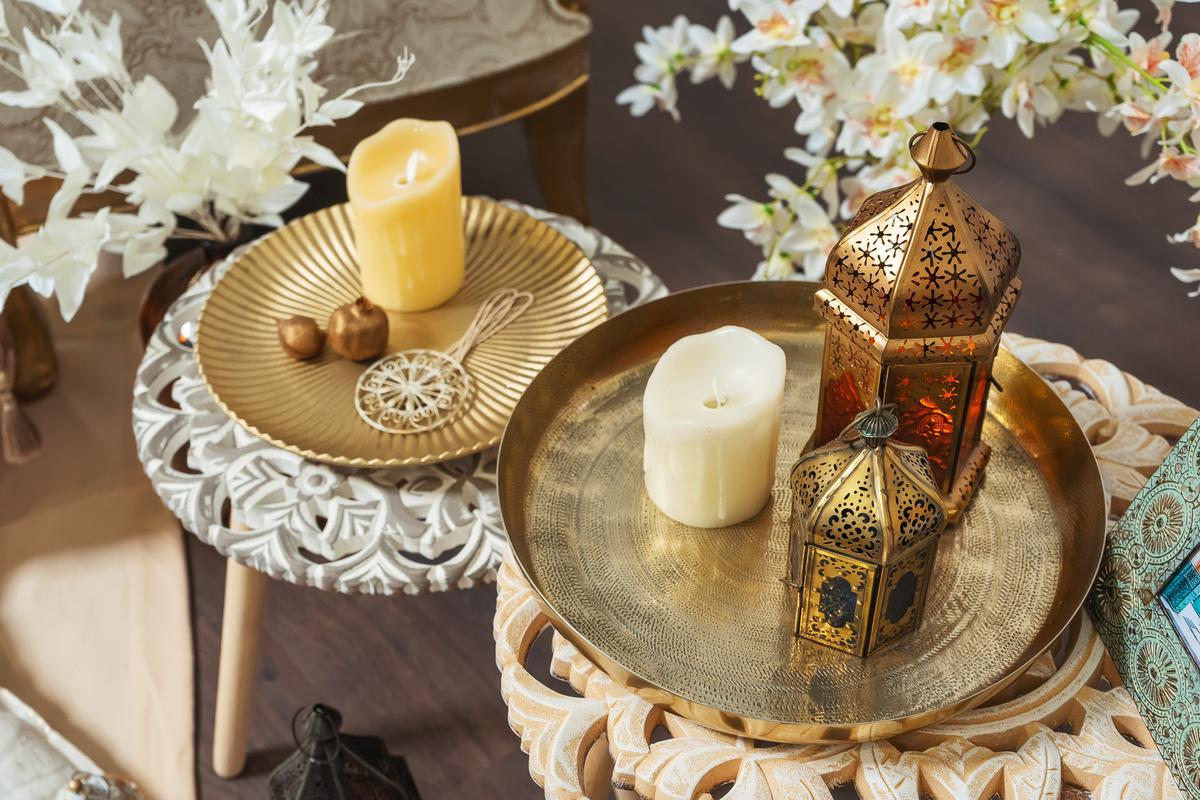
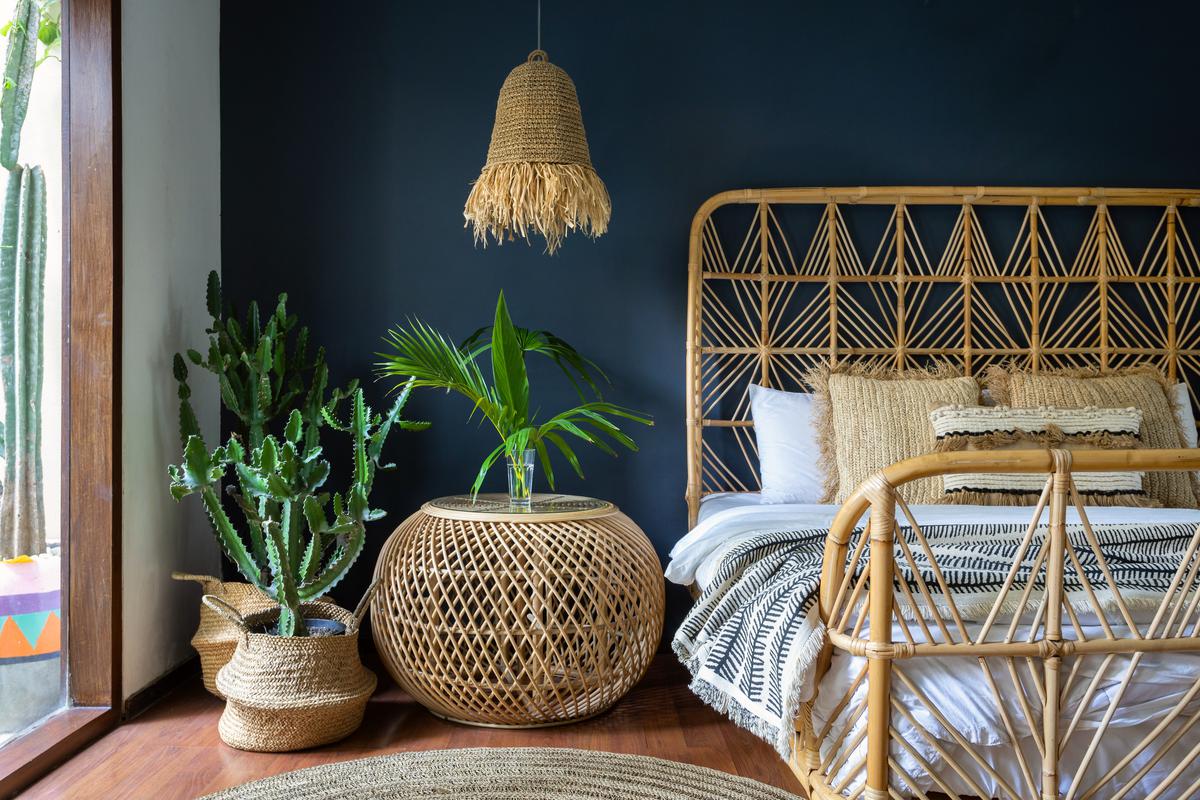
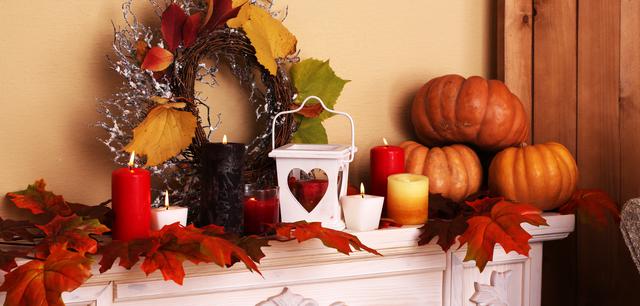
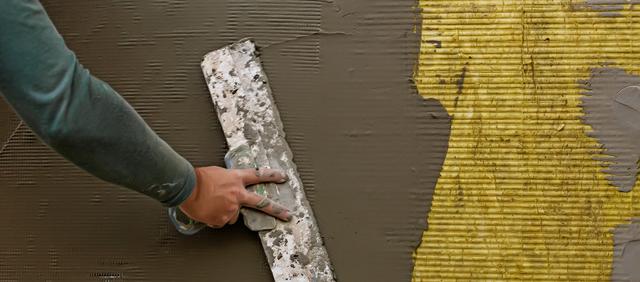

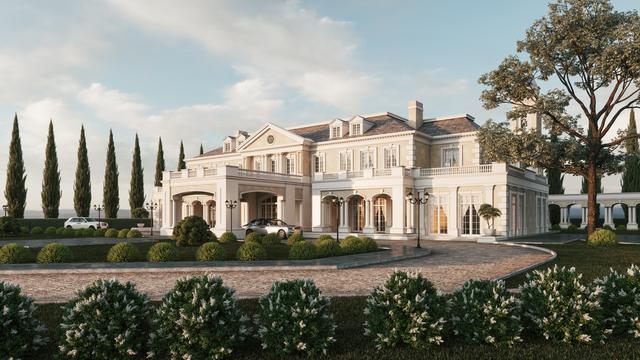
comments